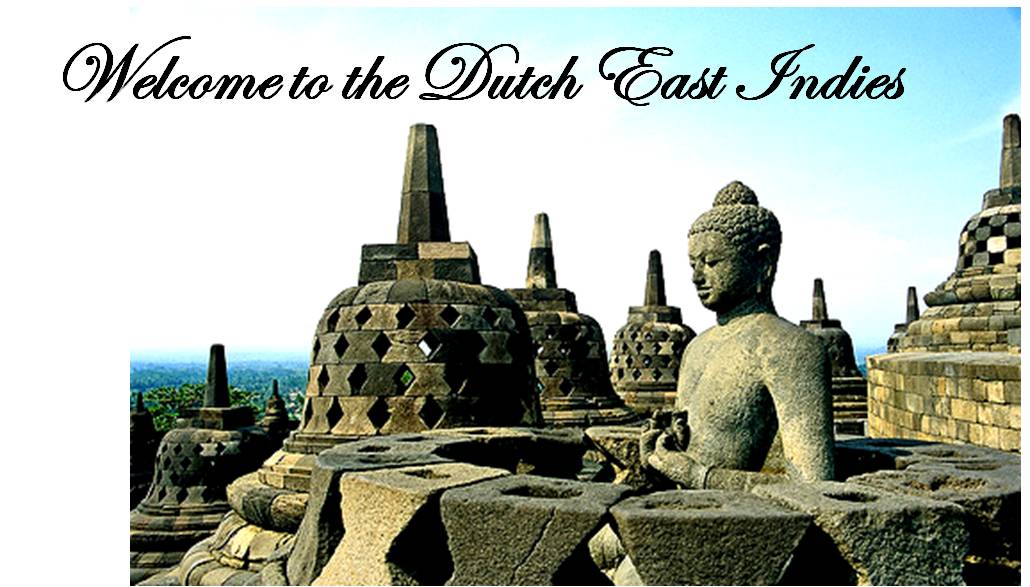Important note to all travelers:
A new legal system based on the Roman-Dutch law have been implemented. Please be careful!
If you come to the Dutch East Indies in the 19th century, you will have the chance to experience a modern political system – a centralized administration established by the Dutch. You can marvel at the modernity of a European bureaucracy.
The change from the old system to this new system was a gradual change. At first, after colonizing East Indies, the Dutch decided not to interfere with the original political structure of Java since they believed that the old structure would be much more effective in maintaining order in society. By keeping the status of the bupati (the regent), the Dutch hoped to establish a central administrative tool so that profit could be obtained efficiently. Furthermore, the Dutch would avoid having to set up an elaborate government in Java.
Governor Herman Willem Daendels (1762-1818)
However, some time after colonization, under the terms of Daendels and Raffles, several reforms were made to reduce the power of the bupati. Under these reforms, the bupati slowly became a subordinate, salaried official of the Dutch government. Their revenues were cut, and it was illegal for them to acquire extra income through taxes or “gifts”. In addition, there was an increase in government centralization. The reforms made by Raffles in the 19th century led to a decrease in distance between the state and society. This was achieved by employing assistant residents and other lower-ranking officials to work directly with the populace.
This policy was significantly different from the original system. In the old system (the mandala system), the bupati controlled the people indirectly via several intermediate levels based on patron-client relationship. As he had to rely on provincial elites to control the populace, the administrative power was limited to only within the capital city. On the other hand, after the reforms, the administration became more centralized. The officials could work directly with the people, resulting in stronger administrative authority. This is the Western bureaucratic system that you will be able to witness in your visit to the Dutch East Indies.
During the stay in the Dutch East Indies, you will be surprised at how the status of the bupati has changed. Eventually, in the new system, the role of the bupati was reduced to a mere symbolic role. He no longer had the power to demand whatever he wanted from the people and he also had to fulfill several requirements formulated by the Dutch. Practical matters were handled by the district chiefs (wedana), ministers (patih), and the regent's assistant. The bupati did not receive as much support from the populace as he once did. The people now regarded him as merely a puppet for the Dutch government.
Dewa Agung Jambe II (Regent of Dutch East Indies) in 1908.



